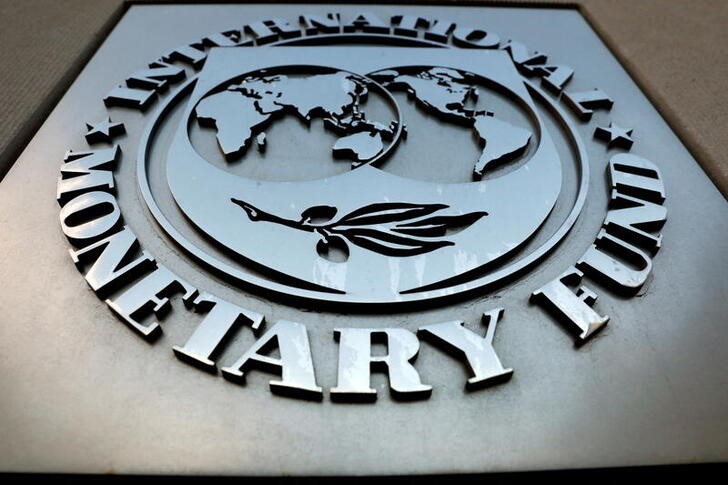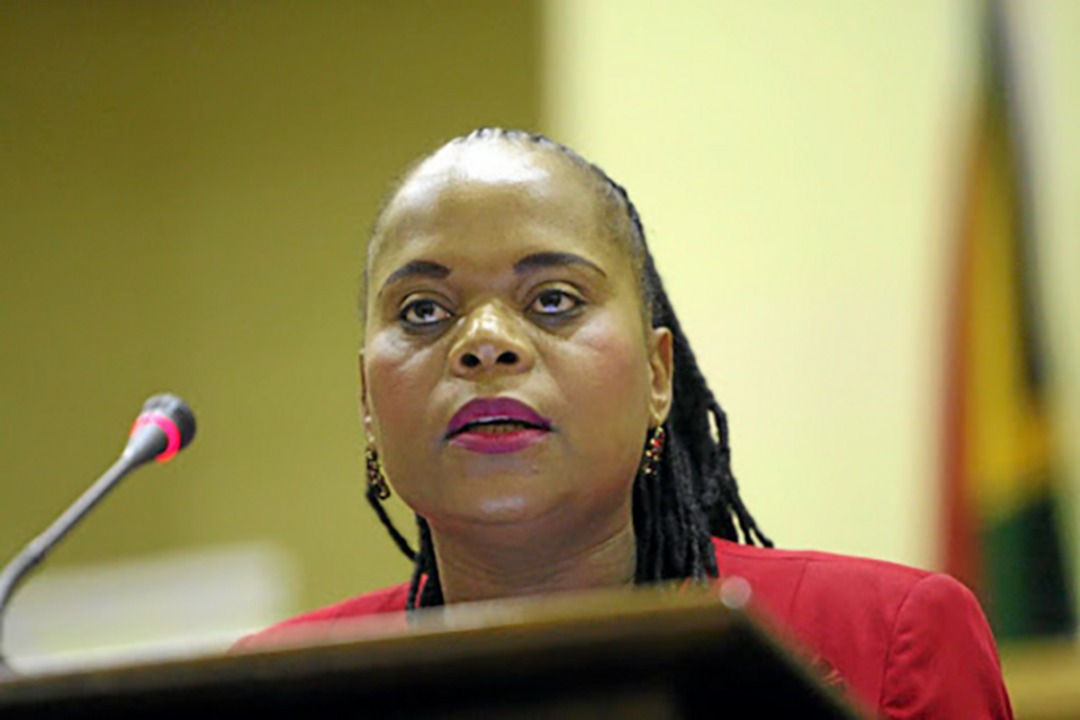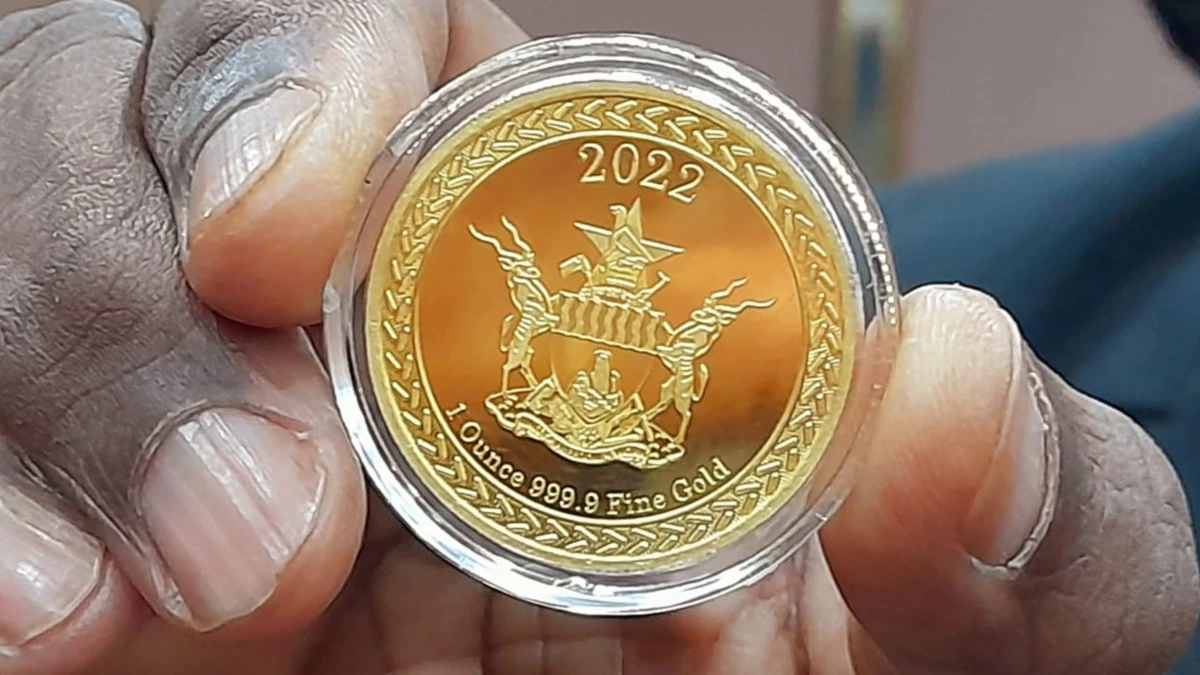
TIRIVANGANI MUTAZU IN August 2021, the IMF issued the largest-ever special drawing rights (SDRs) allocation in history – about SDRs 456 billion, the equivalent of US$650 billion.
Special Drawing Rights (SDRs) are an international reserve asset, created by the International Monetary Fund in 1969 to supplement its member countries’ official reserves. It serves as the unit of account of the IMF (Observer Autumn 2021).
Although the US$650 billion fell short of theUS$3trillion allocation that global debt networks advocated for in February 2021,SDRs have greatly helped low and middle-income countries finance their economic recovery from the Covid-19induced economic, health and social impacts.
Many countries in Africa, such as Ghana, Senegal and Malawi, have been able to use their SDR allocations to finance Covid-19 programmes, procure vaccines, stock up their foreign exchange reserves and support their productive economic sectors.
However, SDRs are distributed in proportion to member countries’ IMF quota share. Using this inequitable system, G20 countries received 70% of SDRs,way more than they needed, while developing countries in dire need of liquidityreceived only 30%.
The Africa region received justUS$32,3 billion of the US$650billion allocation. This grotesque situation is why the global south continues to call for IMF reform, especially of the unequal quota system and SDR sharing rules(DispatchAnnuals 2021).
An equitable approach required
In October 2021, the G20 committed to ‘channelling’US$100 billion of their SDRs to low-income countries, small island developing states and climate vulnerable middle-income countries.
- Chamisa under fire over US$120K donation
- Mavhunga puts DeMbare into Chibuku quarterfinals
- Pension funds bet on Cabora Bassa oilfields
- Councils defy govt fire tender directive
Keep Reading
The current proposals for channellinginclude IMF’s Poverty Reduction and Growth Trust (PRGT), its new proposed Resilience and Sustainability Trust (RST), multilateral development banks (MDBs), and bilateral arrangements, where rich countries will on lend their SDRs directly to other countries.
The creation of the new IMF-administered RST is welcome,but its design shortcomings undermine its principal purpose.
The IMF has made public that theRST is expected to be operational before the end of 2022, with an initial capital aimed at US$50 billion — although the US’s failure to approve reallocation of its SDRs in a spending bill for this fiscal year raises the question of whether this target will be met.
Despite support from many rich countries,theRST is not an adequate solution to SDRs channelling and its proposed features are problematic for citizens in the global south.
The current opaque design and operationalisation discussions between RST contributor countries and the IMF – which have been characterised by a lack of consultation with civil society — do not inspire confidence that countries in need will benefit from the channelled SDRs.
The richer countries are seeking a mechanism that preserves the asset value of their on-lent SDRs.
The RST design seeks to undermine the principle of country ownership, its focus on structural reforms, conditionality, and climate change interfere in countries’ policy making.
The proposed RST eligibility conditions to qualify for support are problematic. These include a policy package reflecting the RST’s objectives; an existing, approved IMF programme; and a sustainable debt profile that is adequate to repay the Fund.
The IMF lacks expertise on climate change issues. Proposed RST design features are incompatible with the role of supporting a sustainable, equitable recovery and it does not align with civil society organisations (CSOs) principles for fair and transparent SDRs channelling.
For an effective and impactful new RST,civil society and environmental groups make the following demands:
The RST’s purpose must be to support vulnerable low middle-income countries’ recovery from the pandemic and tackle economic and climate structural challenges.
RST designshould prioritise and balance the needs of borrowing countries and SDRs contributors. Demands and voices of vulnerable lowand middle-income countries must inform the RST’s ultimate design.
RST design must align with borrower countries’ own priorities, rather than creating new types of Northern-led conditionality.
The design of the RST should be informed by inclusive and deep consultations with global civil society.
The RST should not be an instrument to bring harsh austerity policies at the expense of social services in borrower countries.
Finance from the RST should not jeopardise debt sustainability through providing debt-free financing, and no lending policy conditionality.
RST must be accessible to middle-income countries, have transparency and accountability safeguards, ensure that SDR contributions are additional to existing ODA and climate finance commitments, and provide grants that promote climate justice and tackle economic and gender inequality.
All vulnerable countries should get support under the RST, and this must not be contingent on having another IMF-supported programme.
The SDRs channelling debate reflects unfair global financial mechanisms in times of crisis. No new financial instrument will succeed until the current global debt and financial architecture is reformed.
African countries face risks of recurrent debt crisis amid stiff resistance from creditors, especially private creditors, for a new independent debt restructuring mechanism.
The international communitymustaddress illicit financial flows, and support initiatives that spur domestic resource mobilisation to enable a successful fightagainst the pandemic.
The Afrodad 2021 Inaugural African Conference on Debt and Development outcome declaration, known as theHarare Declaration,called for,“reforming of the global debt architecture in a manner that equalizes the loan contraction processes – including reform of debt sustainability frameworks and credit ratings assessment and the establishment of an African Accountability Mechanism that will act as the foundation for enhanced transparency, accountability, and governance of Africa’s debt architecture.”
The RST, therefore, must be peoplecentred in its design and operations,which will requirea departure fromother IMF financing instruments in existence.
- Mutazu is a senior policy analyst – debt management at African Forum and Network on Debt and Development (Afrodad).










